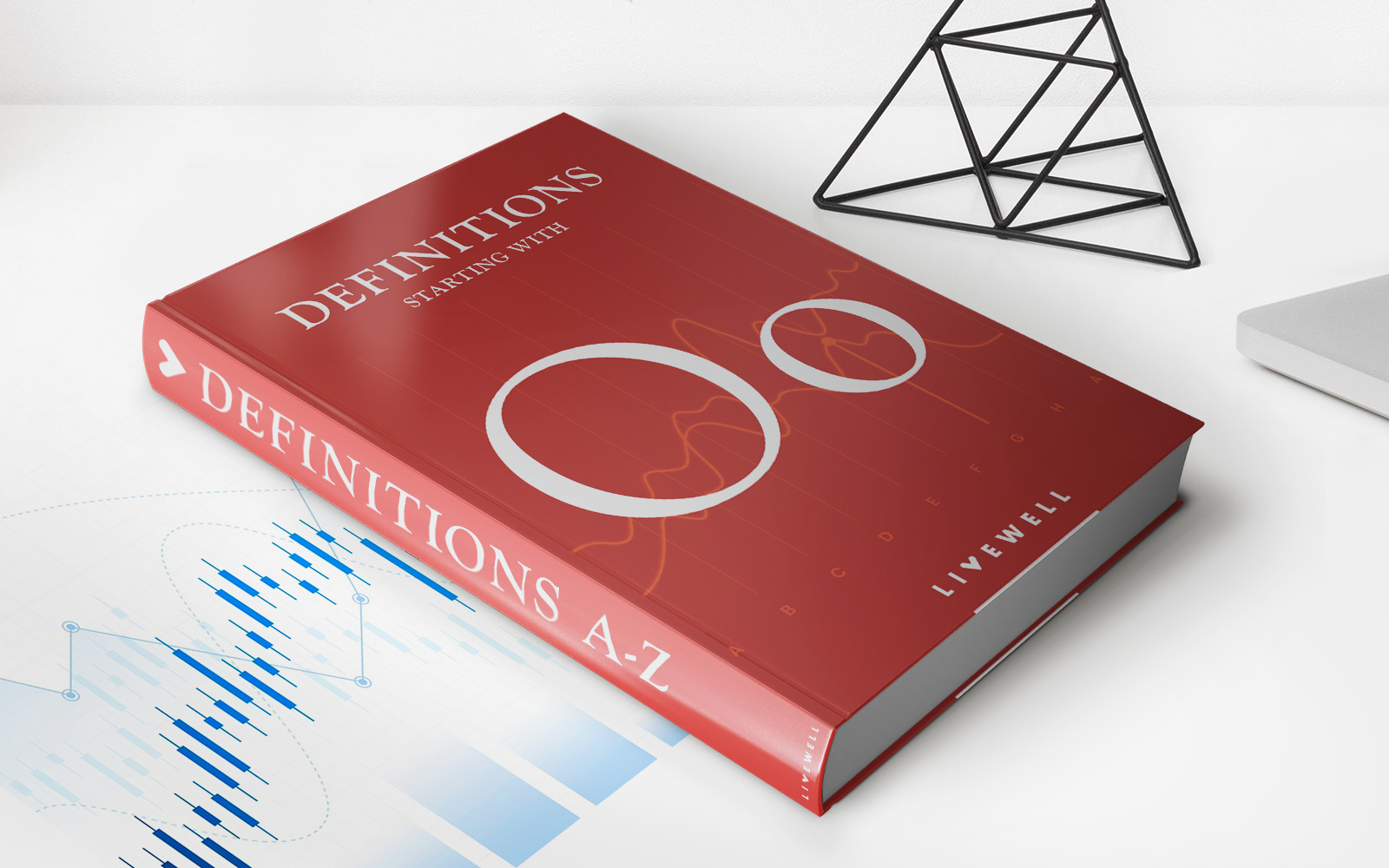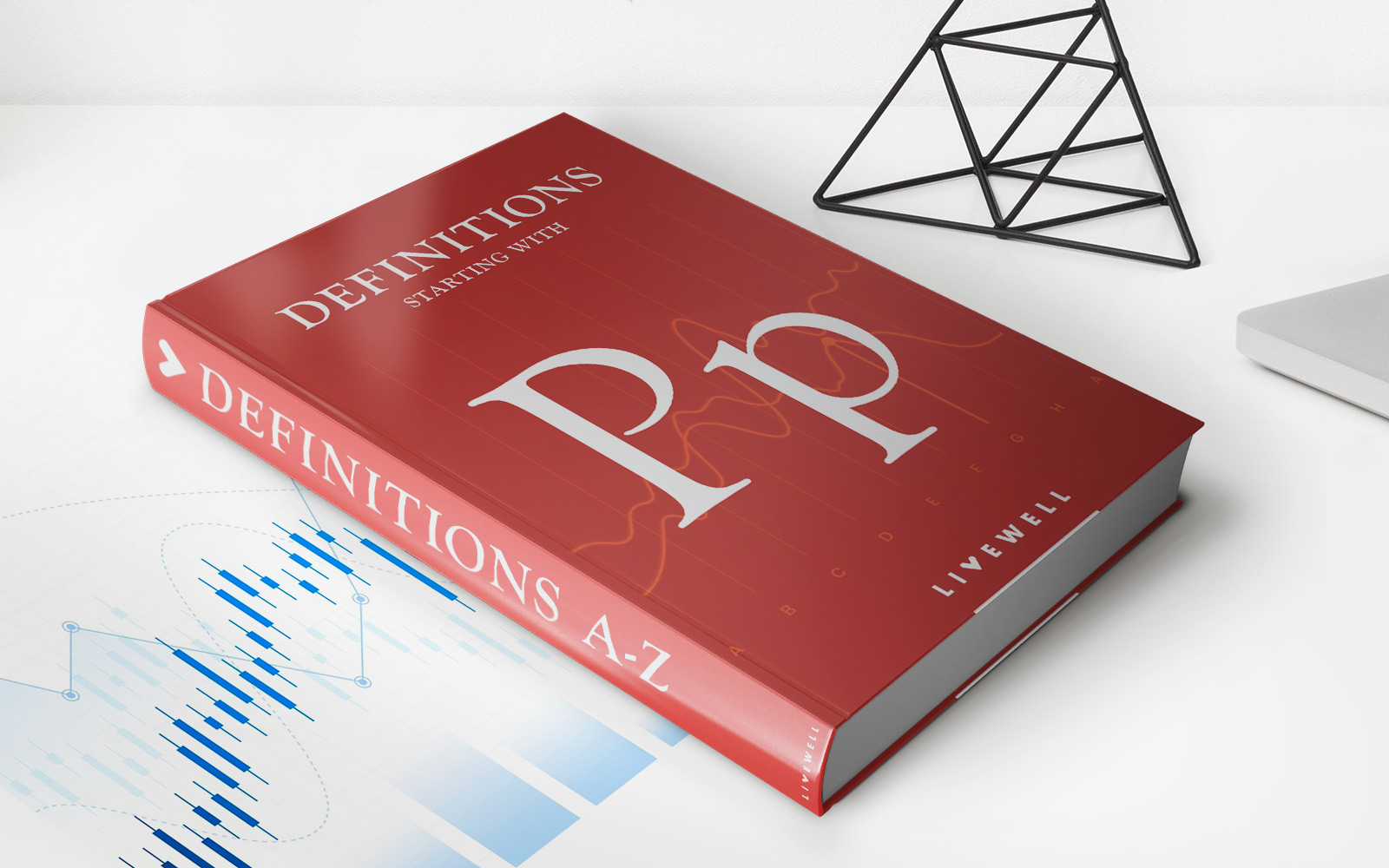Home>Finance>Hedge Ratio: Definition, Calculation, And Types Of Ratios


Finance
Hedge Ratio: Definition, Calculation, And Types Of Ratios
Published: December 4, 2023
Learn about hedge ratios in finance, including their definition, calculation methods, and different types of ratios.
(Many of the links in this article redirect to a specific reviewed product. Your purchase of these products through affiliate links helps to generate commission for LiveWell, at no extra cost. Learn more)
The Ins and Outs of Hedge Ratio: Definition, Calculation, and Types of Ratios
When it comes to managing finances, it’s crucial to have a solid understanding of various concepts and tools that can help mitigate risks and maximize returns. One such tool is the hedge ratio, which plays a vital role in hedging strategies for investors. In this blog post, we’ll delve into the world of hedge ratios, exploring their definition, calculation methods, and types of ratios you should be aware of.
Key Takeaways:
- The hedge ratio is a crucial component of risk management in investment strategies.
- Understanding how to calculate the hedge ratio and the different types of ratios can help investors optimize their hedging strategies.
What is a Hedge Ratio?
A hedge ratio, in simple terms, is a formula that helps determine the optimal amount of hedge (usually a derivative contract) needed to offset potential financial losses or gains from an underlying asset or portfolio. It is an essential tool for investors looking to protect their investments from adverse market movements while still maintaining exposure to potential profits.
Calculating the hedge ratio involves analyzing the relationship between the value of the hedge instrument and the underlying asset or portfolio. It aims to strike a balance between reducing risk and maintaining profitability. Hedge ratios are commonly used in various fields, including commodities, equities, and foreign currencies.
How to Calculate a Hedge Ratio?
The calculation of a hedge ratio depends on various factors, such as the investor’s risk appetite, the goal of the hedge, and the specific market conditions. While different methods can be employed, the most commonly used calculation method is the regression analysis.
Regression analysis involves examining the historical performance of the underlying asset or portfolio and its corresponding hedge instrument. By analyzing the price movements and understanding the correlation between the two, investors can determine the appropriate hedge ratio.
Here’s a step-by-step guide on how to calculate a hedge ratio using the regression analysis:
- Collect historical data for the underlying asset or portfolio and the hedge instrument.
- Plot the price movements of both the asset/portfolio and the hedge instrument on a graph.
- Perform a regression analysis to determine the correlation coefficient between the two data sets.
- Calculate the hedge ratio by dividing the correlation coefficient by the standard deviation of the asset/portfolio.
Types of Hedge Ratios
There are several types of hedge ratios commonly used by investors to manage risk effectively:
- Fixed Hedge Ratio: This type of ratio involves maintaining a constant hedge position throughout the investment period.
- Varying Hedge Ratio: Unlike the fixed hedge ratio, this strategy allows investors to adjust their hedge positions based on market conditions and their assessment of potential risks.
- Delta Hedge Ratio: Delta, a measure of change, is utilized to calculate this ratio. It aims to offset changes in the value of the underlying asset, ensuring the hedge remains effective.
Conclusion
A clear understanding of hedge ratios, their calculation methods, and the different types of ratios available is crucial for any investor seeking to enhance their risk management strategies. By employing proper hedge ratios, investors can protect their investments from market volatility, minimize losses, and optimize returns. Remember, while no strategy can completely eliminate risks, a well-planned hedge ratio can provide a valuable shield in turbulent financial markets.














